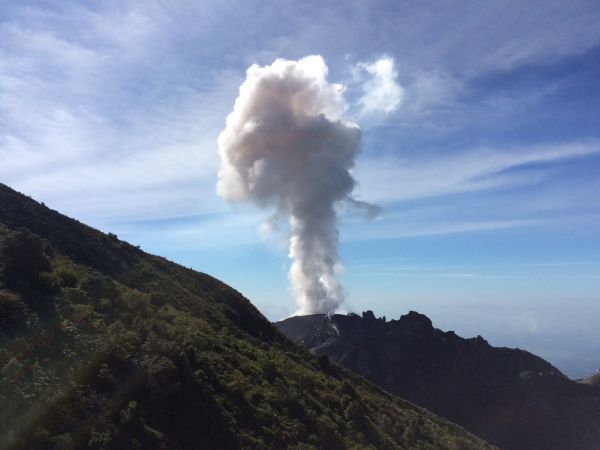Ash is sometimes seen as a secondary danger in volcanoes when compared to more visual hazards, such as lava and pyroclastic flows. However, ash can have a major impact on human lives and infrastructure, such as the 2010 eruption of the Icelandic volcano, Eyjafjallajökull, which brought international aviation across Europe to a standstill.
This research, which is being published in Scientific Reports, uses a new kind camera, developed at The University of Manchester, to measure the flow and speed of ash falling out of a volcanic plume.
The researchers measure how ash particles interact with sunlight and, specifically, how they change the polarisation of sunlight, in a similar way to how polarised sunglasses work. This wouldn’t have been possible without the development of the new “AshCam” which is the first camera of its kind in the world.
Continue reading at University of Manchester
Image via University of Manchester


